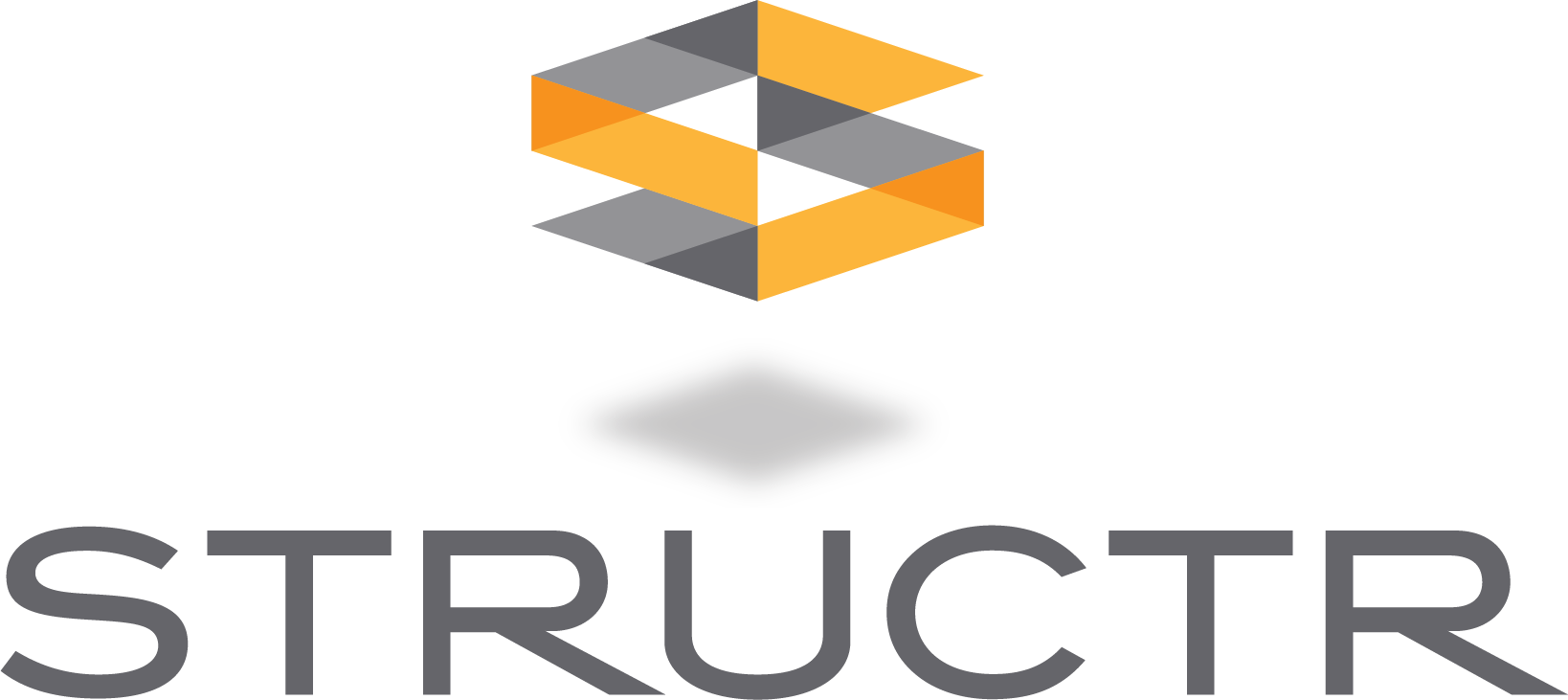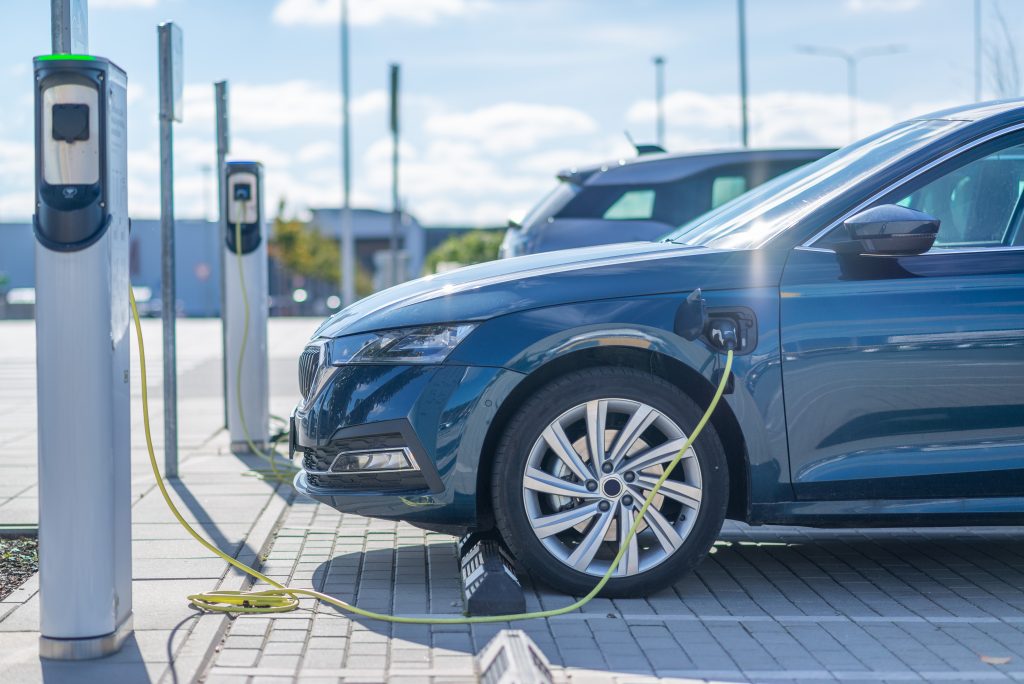

Dec 9, 2022
Buildings account for approximately 40% of greenhouse gas emissions, which puts the responsibility on architects, contractors, and policymakers to reduce emissions and invest in green building strategies. Public policy plays a large part in the way buildings are constructed and, thus, the way communities are shaped. These policies affect many facets of construction, from the build of a single structure to the makeup of an entire neighborhood or municipality. For example, about 75% need to be retrofitted to meet emissions targets, millions of buildings are at high risk for natural disasters, and there’s a significant lack of affordable housing nationwide. Recently passed state and federal policies have pushed us forward to a bright future for green building and climate action.
Inflation Reduction Act
Passed in August 2022, the Inflation Reduction Act is the largest climate investment in U.S. history. It implements a corporate minimum tax, a prescription drug pricing reform, increased IRS tax enforcement, as well as investments in energy and climate provisions, an affordable care act extension, and an overall deficit reduction plan. It is estimated that the energy and climate provisions will reduce U.S. greenhouse gas emissions by 40% by 2030 as compared to the 2005 baseline.
The IRA introduces and increases various tax credit opportunities for residential, commercial, multifamily buildings, and public buildings looking to invest in clean energy opportunities. Homebuilders of residential and all multifamily buildings can receive a tax credit for meeting Energy Star levels of efficiency and can receive a higher credit if it is Department of Energy (DOE) zero-energy ready. This high level of efficiency means that homes could offset most or all of their annual energy use. Increased tax credits are available for home efficiency improvement efforts, meaning taxpayers could receive credit for improvements on insulation, HVAC, water heaters, and other equipment/materials that contribute to energy efficiency. About $1B will go into grants and loans for sustainability improvements to affordable housing for projects in energy and water efficiency, indoor air quality, climate resilience, low-emission technologies, materials, zero-emission electricity generation, energy storage, or building electrification. Along with other residential tax credit opportunities related to clean energy, there are also incentives to expand electric vehicle infrastructure targeting homes in rural or low-income census tracts.
Commercial and public buildings can also receive tax credits similar to the residential-related credits, while allowing retrofit projects to be qualified for benefits. Incentives for improved energy efficiency, clean energy use, EV infrastructure, and energy code adoptions are all part of the IRA’s effort to decarbonize U.S. buildings and work towards a sustainable future.
Virginia’s High-Performance Building Program
The 2012 Virginia High-Performance Building Act, or HB2001, is a state building code program that recently received added requirements, as well as a new local building program. The goal of this bill is to drive growth in the adoption of green building practices to create efficient and resilient buildings.
The Virginia statute states that an agency must ensure that a public building is designed, constructed, verified, and operated to comply with the high-performance building certification with sufficient EV infrastructure and metering of all utilities. Meeting the high-performance building certification means acquiring a LEED Certification, Green Globes Certification, and/or the Virginia Energy Conservation and Environmental Standards (“VEES”). To meet the EV charging requirements, there must be enough space to provide electric vehicle charging stations and related infrastructure – including transformers, service equipment, and large conduit to support every fleet vehicle that will be located at the building. The metering requirement ensures that the building’s energy use and associated carbon emissions are measured, including metering of all electricity, gas, water, and other utilities.

Electric car charging station
Many people assume that constructing buildings with green strategies equates to significant increases in unnecessary costs. The key to the success of sustainable building construction is implement green strategies from the first day of planning and through the entire life cycle of a building. Tips for success on the HB2001:
Stepping Forward
The recent federal and state policies that are geared towards green building and infrastructure show that there is a promising future for the construction industry to actively work towards a sustainable built environment. We still have a long way to go, but these are huge steps in the right direction.